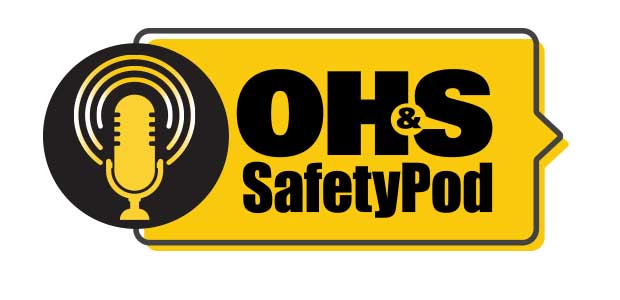
Episode 8
OH&S Editors Sydny Shepard and Amanda Smiley discuss the newest updates related to the Coronavirus, or COVID-19.

While most of us are staying home and social distancing, some workers are not that lucky. Among those most at risk of COVID-19 are janitors, domestic workers, housekeeping and office cleaning crews.
The Department of Labor has launched an initiative to increase focus on agency inspections to reduce worker risk of silica exposure.
Vice President Mike Pence has asked that construction companies donate their excess face masks to hospitals and clinics that may be running out amid the coronavirus crisis this week.

The coronavirus is one of the most covered topics by media outlets to date—but it’s also been the subject of much misinformation. The World Health Organization has set many myths straight.
The COVID-19 outbreak has left healthcare workers scrambling for appropriate and enough PPE for the virus. Now, President Trump has issued a new temporary guidance regarding the enforcement of OSHA’s Respiratory Protection standard.

While not all Americans are able or fortunate enough to work from home, many have transitioned to telecommuting and virtual work over the last week or two. Here are some ways you can get your work done and stay healthy while working from home.

Confined spaces pose a number of physical and environmental hazards to a worker—and it’s critical that employers understand the risks, those most vulnerable and hazard mitigation techniques.

A new virus first discovered in Wuhan City, Hubei Province, China in late 2019 is rapidly spreading across the globe, bringing unique challenges and issues for employers. Employers need to be aware of the relevant workplace safety laws at issue, as well as the potential for discrimination based on irrational xenophobic fears.
Bradley Corporation shares an important news release for handwashing habits. In the face of coronavirus, the flu and other illnesses, hygiene is more important than ever.
Last month, OSHA cited Nonni’s Foods LLC for exposing employees to falls and other hazards at a New York Facility.

As the coronavirus sweeps across the globe, companies are wondering how to keep workplaces—not just individuals—safe from the disease. Read OSHA’s recommendations here.

A number of industries require workers to work alone—and the oil & gas industry is high on the list. Learn how to best protect your lone workers, but especially those doing the dirty work.
March is National Ladder Safety Month—nearly five weeks of creating awareness of ladder hazards and training resources.
Agriculture is one of the most dangerous industries, and it’s crucial that we keep our farmers healthy and safe. Refresh yourself on these farmer safety tips.